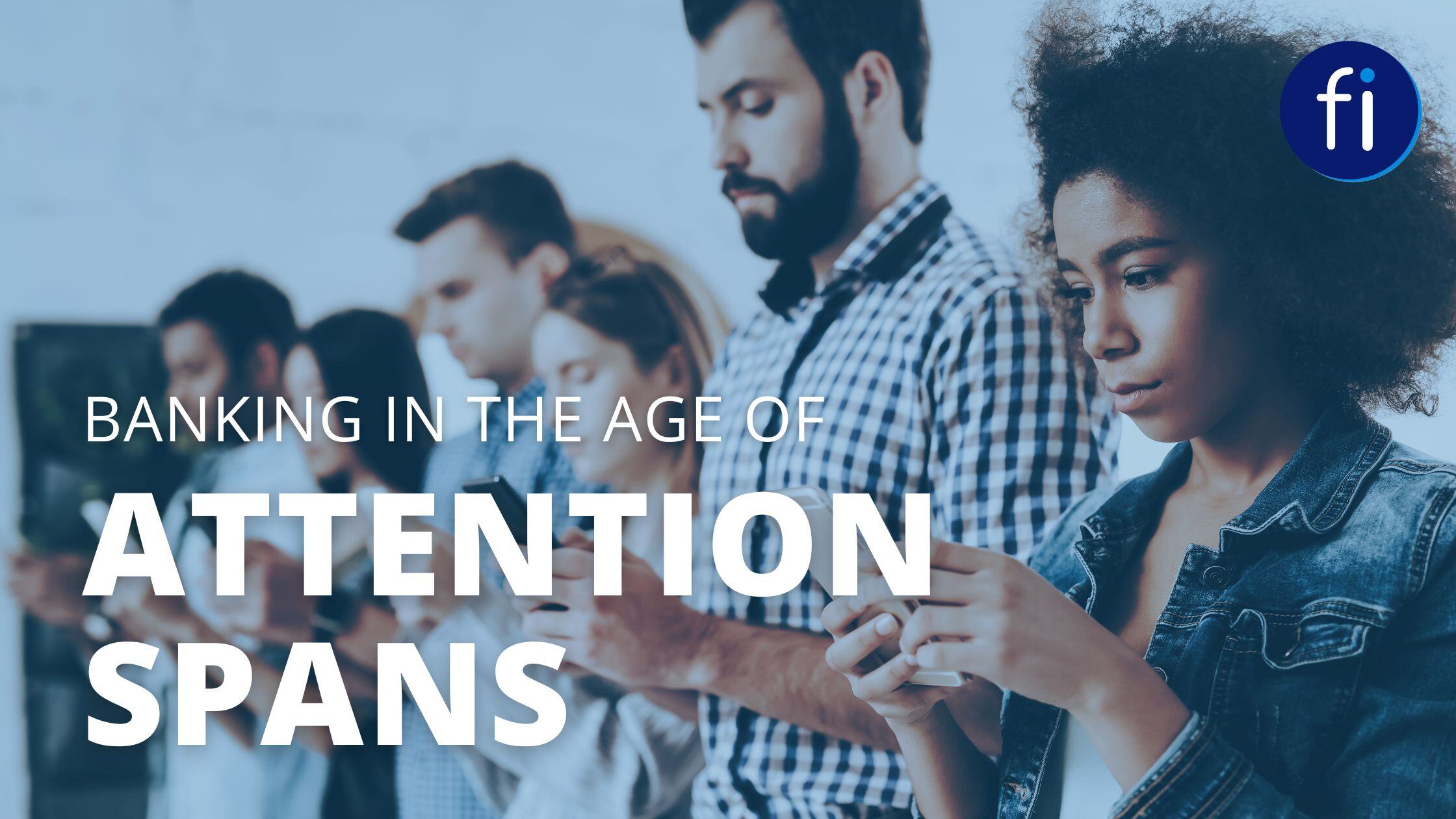Finotta
May 16
4 min read

